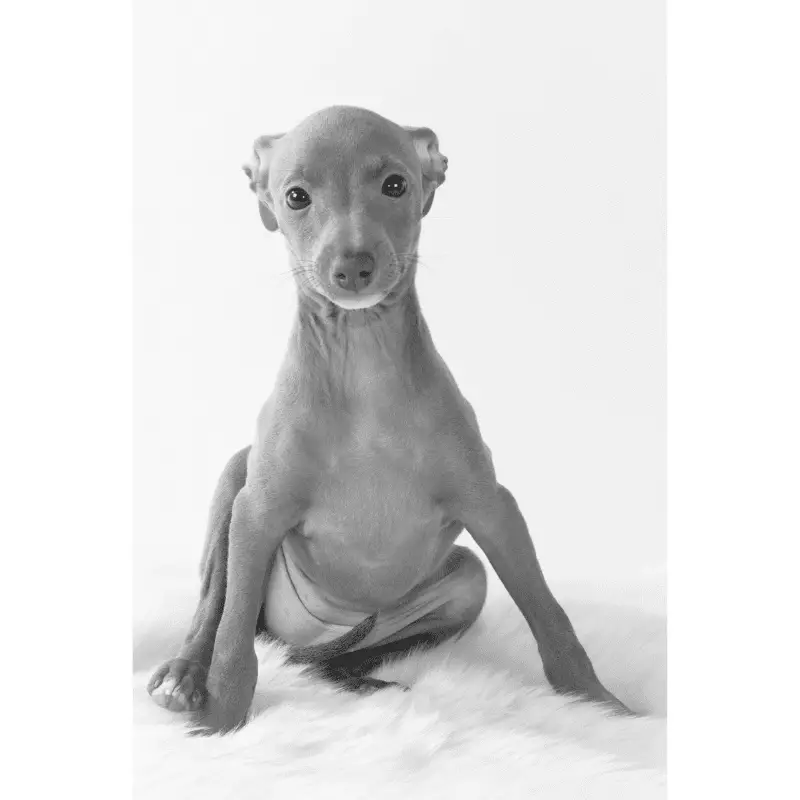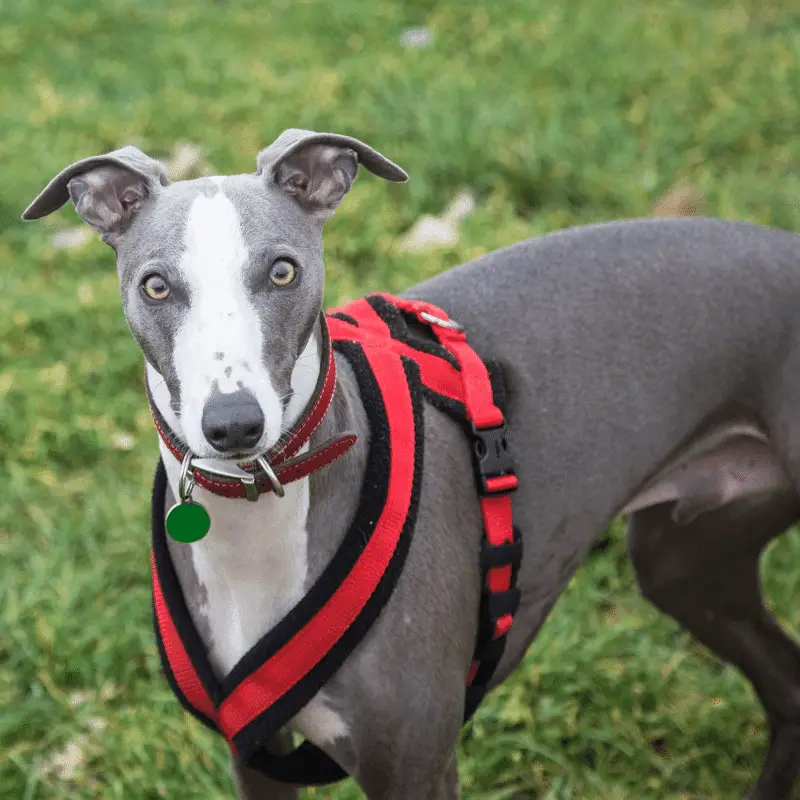People think Greyhounds were just made for running and chasing around a track; however, this isn’t true! My article below discusses Greyhounds and why they make such good family pets.
Greyhounds make an excellent addition to any family. They are kind, soft and gentle, which makes them perfect companions. They don’t bark much either, which is ideal for many families. They love to run and play just like children.
Personality
Their personalities make Greyhounds the perfect pet for any family. They’re non-aggressive, gentle and love to be cuddled!
- Athletic
- Even Tempered
- Gentle
- Intelligent
- Kind
- Quiet
- Soft
Every home is different, and so is every dog. If you are considering welcoming a greyhound into your home, learn about them below to understand how they could fit into your home. Making the right decision and doing your research first will give you a good insight into these gentle, loving dogs.
Barking Tendencies
Greyhounds have low barking tendencies. They are quiet dogs with little to say. Their calm and gentle personality shines through when barking compared to other dogs that react much quicker. They judge every situation calmly and are confident not to bark out of fright, anxiety, aggression or protection.
Exercise
They may run fast, but they do not have an excess amount of energy as we would think. Greyhounds require just the usual exercise per day like any other dog breed.
Playtime
Greyhounds love to play with balls and toys. Make sure they have enough of these to be happy and content.
Training
Training a greyhound dog requires about the same as any other dog breed, but since these dogs aren’t so mischievous or stubborn, they are easier to train. The general calm state makes it easier for a greyhound to pick up and follow commands.
Delicate
Greyhounds are somewhat delicate dogs with beautiful, agile, lean bodies, which makes them sceptical of rough handling. Even though they love to play with children, they are fragile, especially with their long legs. If you are thinking of getting a greyhound and already have kids, make sure they know their strength around them. They need protection with items such as woolly roll neck jumpers or fleece jackets. Also, you need to protect their skin from the sun and cold temperatures.
Child-friendly
Yes, Greyhounds are very child-friendly. They are gentle and kind and will get along with all ages of children. However, for adult dogs that have grown up without children, you will need to be a little cautious. However, these dogs are certainly not aggressive at all.
Children must be taught how to act around a greyhound as they have long, skinny legs that are delicate and could be harmed by boisterous children.
Small pet-friendly
Yes, any dog can be small pet friendly; however, Greyhounds will need to be integrated with smaller pets from an early age. Most older Greyhounds will only see them as potential prey. So puppies, yes, but adults, no, unless they have been around small pets. You will need to understand the background of the adult dog before taking on a greyhound with small pets at home. Puppies will need a little desensitisation training only. A puppy will undoubtedly be interested and naturally desire to chase and play. However, a little training can resolve this.
From an Early Age

It would help if you got your dog used to people and other dogs when they are very young. When they are older, it will help them because they will deal with other dogs and people better.
Socialising a greyhound puppy is also essential for their learning and happiness. You can do this by walking your dog with other dogs, going to places where other dogs may play, joining puppy classes and having guests over.
On-going Cost
The costs of having a Greyhound are £50-80. This includes food, insurance, treats and toys.
Lifespan
The lifespan of a greyhound: Twelve to Fourteen Years
Origin
Origin of a greyhound: England, British Isles
Prey Drive
Prey Drive: Very High
Type: Sighthound
Greyhounds are sighthounds, which means they hunt with their sight and speed rather than scent hounds with their scent and endurance.
38 Sighthounds, also known as gazehounds
- Afghan Hound
- American Staghound
- Azawakh
- Basenji
- Borzoi
- Chippiparai
- Chortai
- Cirneco dell’Etna
- Greyhound
- Ibizan Hound
- Irish Wolfhound
- Italian Greyhound
- Kangaroo Dog
- Kanni
- Khalag Tazi
- Longdog
- Lurcher
- Magyar agar
- Mececyon
- Mudhol Hound
- Old Croatian Sighthound
- Peruvian Inca Orchid
- Pharaoh Hound
- Podenco Canario
- Polish Greyhound
- Portuguese Podengo
- Rajapalayam Dog
- Rampur Greyhound
- Rhodesian Ridgeback
- Saluki
- Scottish Deerhound
- Silken Windhound
- Sloughi
- Spanish Greyhound
- Suliot Dog
- Taigan
- Thai Ridgeback
- Whippet
Would you like to rehome a Greyhound? If so, visit Greyhound Trust. They have many dogs, mostly retired from the racing industry and looking for their forever homes that you can choose from or that they can match a suitable dog to you. Greyhounds are versatile pets and can adapt to many different families. The Greyhound Trust experts can help with all you need to welcome a new family member.









